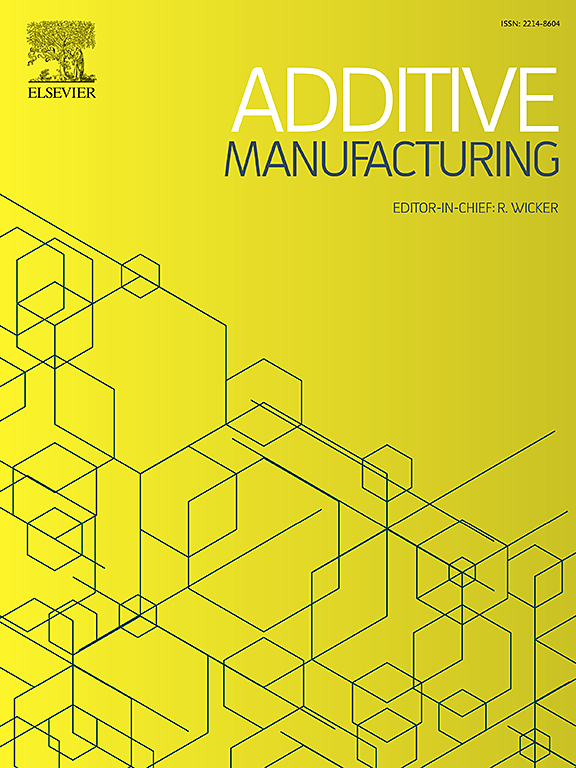Toxicity of stereolithography 3D printed objects at the chemical level and strategies to improve biocompatibility
IF 10.3
1区 工程技术
Q1 ENGINEERING, MANUFACTURING
引用次数: 0
Abstract
Stereolithography (SLA) is the most widely used additive manufacturing technology in recent decades. The potential toxicity of commercial resins however hinders the application of stereolithographic products in the biomedical usage. To improve the biocompatibility of printed objects, previous studies have been actively devoted to reducing the toxicity of resins. Regrettably, there still lacks comprehensive and solid evidence to determine the toxicity origin of SLA printed objects in chemical level. Herein, we identified the primary contributors to the toxicity of stereolithographic objects through comprehensive toxicity testing and eluate characterization. The results showed that crosslinker UDMA, monomer HPMA, and photoinitiator TPO leached from stereolithographic parts significantly reduced cell viability. Among the eluted compounds, crosslinker UDMA contributes the greatest to toxicity, and its elution is due to incomplete photopolymerization reactions. The low degree of photopolymerization allows some crosslinker UDMA to covalently bond to the polymer chain only at one end. The dangling side chains are readily eluted by solvents due to unstable binding, resulting in low crosslink density and high content eluted compounds of the cured resin. Drawing upon validated mechanisms, we reduced the content of eluted compounds by 34 % and 82 % via anaerobic stereolithography and resin coating, respectively, which improved the toxicity grade of stereolithographic parts from the ISO standard of severe to slight. Overall, this study elucidates the toxic mechanism of stereolithographic objects at the chemical level and proposes preliminary solutions that further promote the application of additive manufacturing in biomedical fields.
求助全文
约1分钟内获得全文
求助全文
来源期刊

Additive manufacturing
Materials Science-General Materials Science
CiteScore
19.80
自引率
12.70%
发文量
648
审稿时长
35 days
期刊介绍:
Additive Manufacturing stands as a peer-reviewed journal dedicated to delivering high-quality research papers and reviews in the field of additive manufacturing, serving both academia and industry leaders. The journal's objective is to recognize the innovative essence of additive manufacturing and its diverse applications, providing a comprehensive overview of current developments and future prospects.
The transformative potential of additive manufacturing technologies in product design and manufacturing is poised to disrupt traditional approaches. In response to this paradigm shift, a distinctive and comprehensive publication outlet was essential. Additive Manufacturing fulfills this need, offering a platform for engineers, materials scientists, and practitioners across academia and various industries to document and share innovations in these evolving technologies.
 求助内容:
求助内容: 应助结果提醒方式:
应助结果提醒方式:


